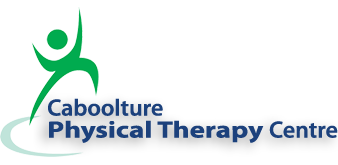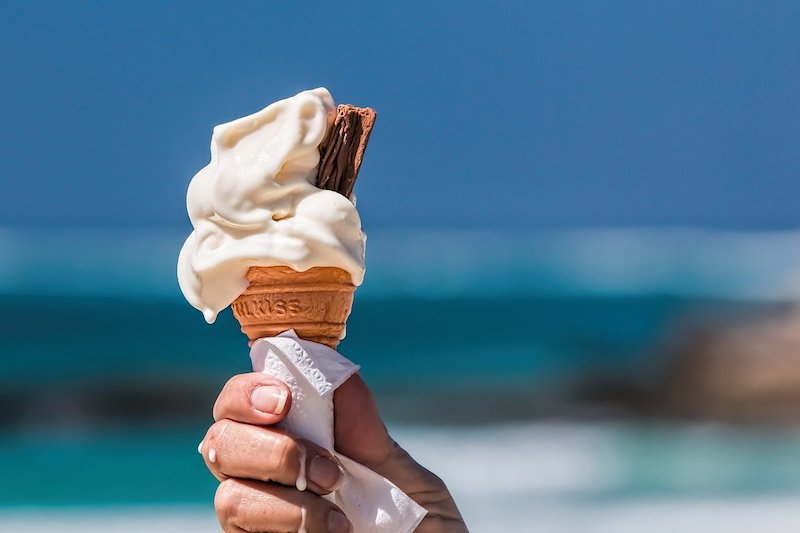Exercising and playing sport in the warmer months
As we move from the cooler to the warmer months, we start to consider the impact that the heat can have on the way our body functions when we play sport. However, it should be acknowledged that heat illness can occur even in the cooler weather, after exercising for more than 45 minutes at high intensity.
What temperatures should we be concerned about?
The guidelines for exercising in the heat suggest that 26-30 degrees produce a moderate to high risk of heat stress, but if the humidity is high, this temperature can be as low as 21 degrees. Anything over this temperature, then we should start to think about reducing our training, warm-up and game times as well as potentially postponing at 36 degrees or more. This doesn’t always happen. self-monitoring for heat stress is so important, and there is a need for increased education on how to monitor your body’s reaction in the heat.
So, what is heat stress?
Heat stress occurs if you are not able to produce enough sweat for adequate cooling, or if there is high humidity, which may prevent adequate evaporation of sweat. Heat stress is serious and can lead to life-threatening consequences such as a stroke.
Spring is when everyone is drawn outside and we are more inclined to participate in things like park runs, fun runs and triathlons. Heat stress is a big one to watch out for, and this is not just for those who are playing sport. The incidence is high in fun runs over 20kms, usually when you are pushing yourself to achieve a personal best. Heat stress also occurs in summer sports like Cricket, tennis and even lawn bowls. People who have an increased risk are those who are overweight, unfit, over 65 years of age and even children who are too young to adequately regulate their own body temperature.
What precautions can we take to help avoid heat stress?
- Exercise within your own personal limits, don’t push yourself too hard and listen to your body
- Stay hydrated before, during and after exercise or sport: it’s recommended that we consume approximately 2 cups of water within the 2 hours before activity and 2-3 cups in an hour whilst participating
- Wear cool clothing that breathes
- Don’t exercise if you are unwell
How do I know if I am becoming heat stressed? What should I look out for?
You may begin to feel light-headed or nauseous or your skill level might begin to reduce, but the chances are (particularly when symptoms become more serious) that you won’t even notice.
Other people might see you become pale, confused or excessively flushed and sweaty. You may start stumbling or have irrational and sometimes aggressive behaviour.
If you see someone who is experiencing symptoms such as these it is important to:
- Have them removed from the sport or the activity they are doing
- Cool them with ice packs and fanning
- Elevate their legs to bring their blood pressure back up
What about injuries, do the type of sports injuries change between the winter and summer months?
If you think about the sports we play in winter, sport such as; Soccer or Football and rugby. They usually involve a lot of running, jumping and physical contact. You see a lot more contact injuries throughout winter sports, with a fair amount of fractures and dislocations. A classic winter injury is a ruptured Achilles tendon. You see it a lot in basketball particularly among the older players (the master’s crowd). Older people are more likely to have poorer circulation in their extremities, so they have avascular tendons. Combine that with the gradual degeneration that accumulates as we get older, a cold night and a poor warm-up because after working all day we are running late for the game and bam…. The shotgun goes off in your calf and the foot doesn’t work.
We see “corked” thighs or intramuscular haematoma’s, often due (in part) to poor warmups in colder weather as well as reduced cardiovascular fitness not allowing a good enough blood supply to the muscles.
In summer, we have cricket, tennis and water sports like swimming and surf lifesaving. A lot of these involve arm movement which is often quite repetitive, so shoulder injuries are quite popular with the summer sports.
***

About the author: Kaye Kerr, Principal Physiotherapist and Practice Owner.
Kaye graduated from the University of Qld in 1983 with a Bachelor of Physiotherapy. She worked in Canberra, Sydney, London, Lincoln and Redcliffe before starting her first practice in 1989. More about Kaye.
Ready to start feeling feeling pain-free and energetic?
Speak with us today!
Book a consultation
Caboolture Physical Therapy Centre - serving people in need from Caboolture, Morayfield, Elimbah, Wamuran, Beerburrum, Beerwah, Glasshouse Mountains, Toorbul, Donnybrook, Ningi, Woodford, Kilcoy, Bribie Island, Goodwin Beach, Sandstone Point, Banksia Beach, Bongaree, Bellar, Woorim, Burpengary & Beachmere.

